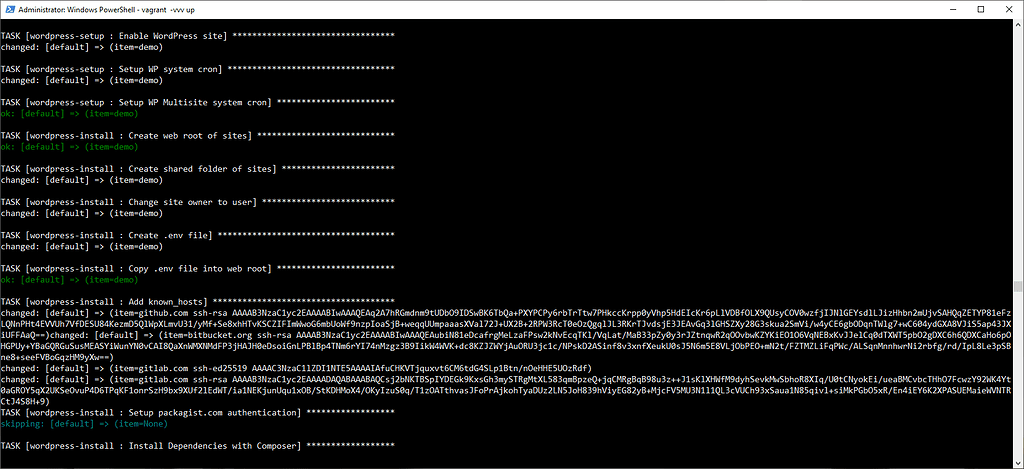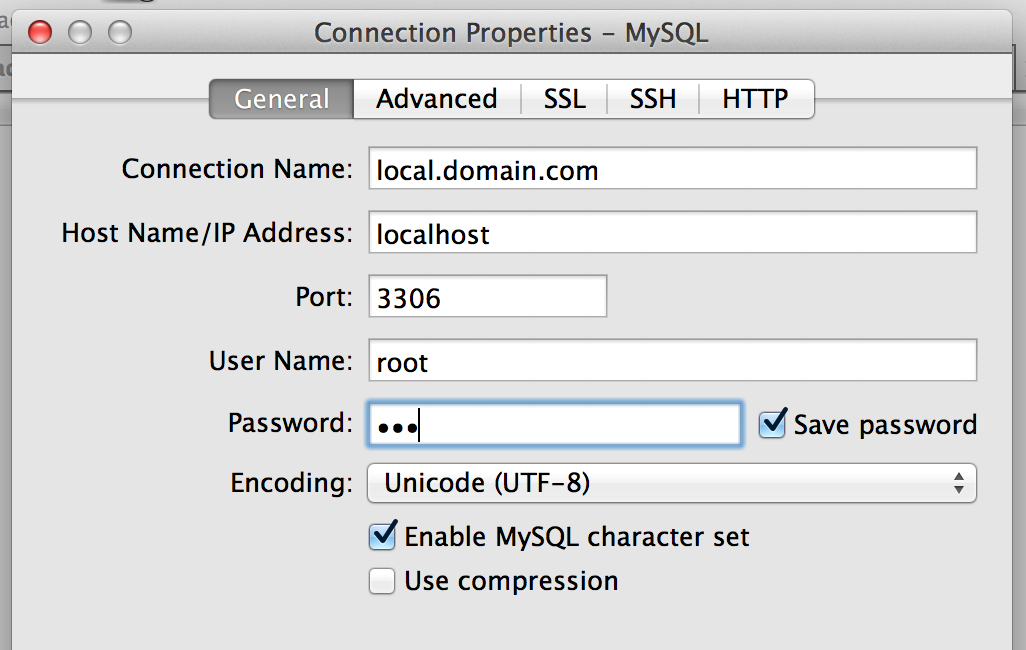

- #Install mysql on mac via vagrant install
- #Install mysql on mac via vagrant update
- #Install mysql on mac via vagrant registration
- #Install mysql on mac via vagrant password
In this post, we will look at several ways of downloading MySQL and installing in on your Mac.

#Install mysql on mac via vagrant install
Once you know the version you are running, you are ready to look for the version of MySQL you want to install on your computer. If you’re not sure, click the icon of an apple at the top right of your screen and then click on ‘About’. Installing MySQL On A Macīefore you do anything else, identify the version of MacOS you’re running. In this post, we will look at the install MySQL mac process and also look at the uninstall MySQL Mac process. bashrc file i.e.The install MySQL Mac process should be a straightforward one but it does not have to have a step-by-step guide. Logout of your current account or, alternatively, reload your. When you select Ok, the script will create a new CAIRIS database, and accompanying CAIRIS configuration file this file will ensure that CAIRIS knows what database it needs to refer to when you start up the tool and setup the necessary environment variables. If you don’t plan to customise your web server setup, you should retain these default values. The static and directory and asset directory will point to the location of UI code, but these directories will not be created during this step. If you want more diagnostic information logged, you find it useful to change the Log Level from warning to debug. When these settings are set, the mail server and port should be for out-going SSL traffic.

This is typically only necessary if you plan to install CAIRIS to a server for multiple users.

#Install mysql on mac via vagrant registration
Please note that the username root is reserved, so you should not use this.ĭetails for the mail server only need to be set if you intend to provide self-service registration and reset of accounts.
#Install mysql on mac via vagrant password
You can accept many of these defaults, except for the database root password, an initial username and password which need to be supplied. For example, if the account running CAIRIS is sfaily and the home directory in /home/sfaily then, to rebuild the server at 0200 each morning you should run sudo crontab -e and add the following line to your crontab: This script takes the same command line arguments as the serverInstall.sh script, with the addition of additional arguments for the name of the account running CAIRIS, and the accounts home directly. Īlthough no update_cairis alias is created, we provide a rebuildServer.sh script which, if run from cron each night, will rebuild and reconfigure CAIRIS while still retaining the user accounts and their default databases created on the server. This is the approach currently taken by the CAIRIS live demo on. via DNS) then the CAIRIS service supports acccess via https too. If you wish to route your http traffic accordingly (e.g. If you follow these instructions then, once you’ve restarted your server, CAIRIS should be accessible via where SERVER is the name or IP address of your machine. For example, increasing the size to 1024K made it possible to valid even really big system-of-system models, but you can increase or decrease this size based on your server’s performance and the number of users you expect the server to support. If you do, you could consider increasing the thread_stack size in /etc/mysql/conf.d/mysql.cnf. When working with very large models, you may get memory errors when viewing goal models or carrying out model validation checks.
#Install mysql on mac via vagrant update
Sudo apt-get update & sudo apt-get upgrade -y & sudo apt-get dist-upgrade -y & sudo apt install curl -y & sudo apt install net-tools -y & curl -s | bash -s my-secret-pw 465 mypassword Modelling access control needs and policies.Installation and configuration via GitHub (manual).Installation and configuration of server with account registration via GitHub (automated).Installation and configuration via GitHub (automated).


 0 kommentar(er)
0 kommentar(er)
